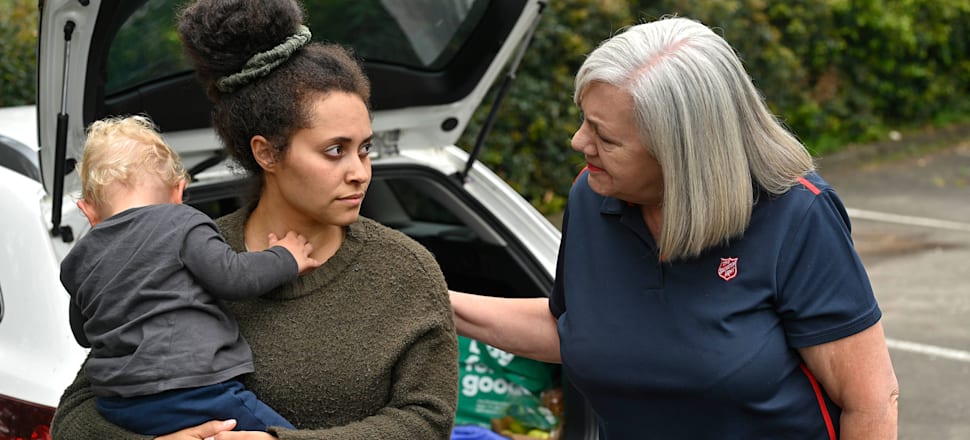
Homeless women have been largely ignored by Government plans because they don’t fit our usual view of people living on the streets
Opinion: The last day to fill in the census form online was May 4. Final notices will now be issued.
Given the census car crash of 2018, much was made of the extra work and money spent making sure the low return rate wasn’t repeated.
READ MORE:
* Census turnout low despite $37m blowout
* Trust in census a big issue, survey suggests
Effort was especially targeted at the homeless. Not only do issues of transience make it more difficult to fill in the form, but many homeless people don’t trust the system and aren’t keen to give information about their lives.
But I can’t help wondering if all this effort is about to amount to very little.
Last census showed that women account for 50.5 percent of severely housing-deprived people. But this has been largely ignored by government agencies.
If we follow international trends, Census 2023 will likely show an increase in homelessness among women, especially older women
You are going to have to wait until page 25 for the three short paragraphs mentioning women in the Government’s current Aotearoa Homelessness Action Plan (2020-2023), and don’t hold your breath for any actions.
Should you look at the Ministry of Social Development’s data on emergency housing, you will find the demographics of the primary client are recorded but not the gender.
So homeless women are basically ignored by government.
A recent evaluation of the flagship housing response – Housing First – found uptake by homeless women has been lower than men, to the point where the evaluators commented that women who would likely benefit may be missing out.
Maybe homeless women have been ignored because they don’t fit our usual view of the homeless as people living on the streets.
A recent report by the pro bono programme of public policy firm Allen and Clarke found homeless women often live in tents, cars, on public transport or Accident & Emergency waiting rooms, or ‘couch surf’ instead of sleeping on the street like homeless men typically do.
They tend to rely on staying in already overcrowded family or friends’ homes, staying with violent partners, or exchanging sex for accommodation to stay off the street.
When they are on the street, they tend to move frequently to reduce violence and exploitation.
As a result, they are often invisible. Invisible to the public; invisible in the Government’s action plans and funding; and invisible to the services there to serve them.
If we follow international trends, Census 2023 will likely show an increase in homelessness among women, especially older women.
Let’s hope the Ministry of Housing and Urban Development bases its next homelessness action plan on actual data of the homeless and that their housing policies have a gendered lens including being co-designed by the women they aim to support.
Maybe then we will have a fighting chance of ensuring all have a safe place to call home.







